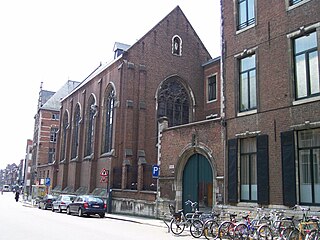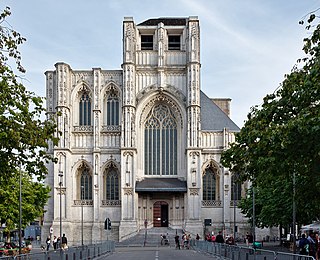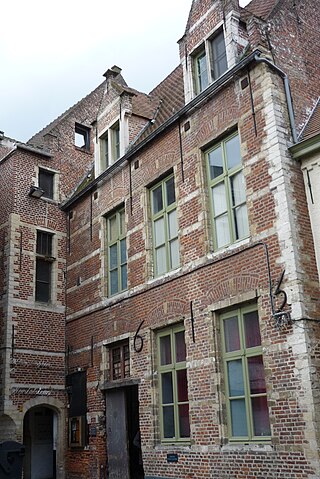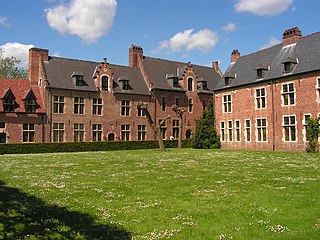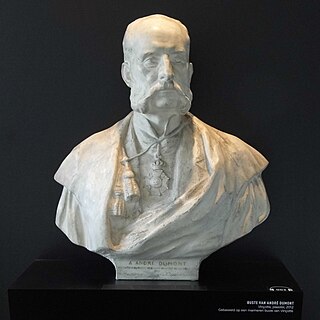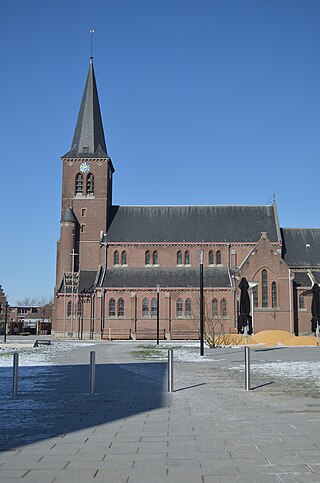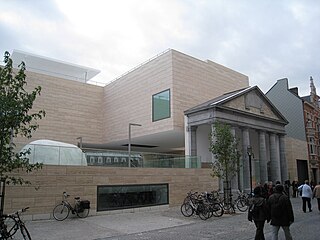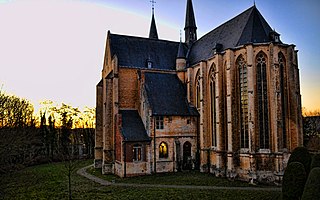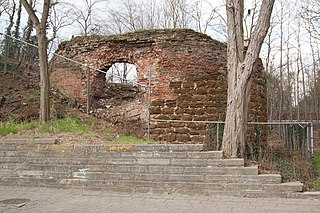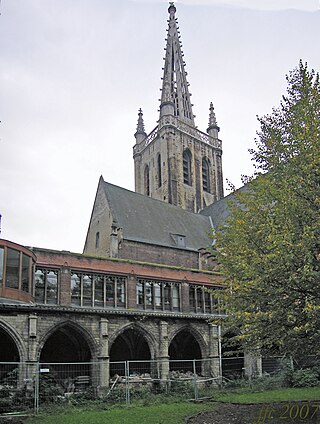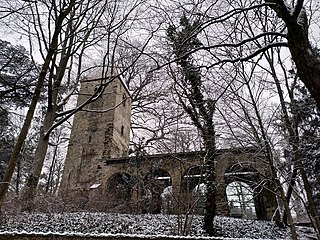12 Sights in Leuven, Belgium (with Map and Images)
Legend
Premium Sights
Book tickets, guided tours and activities in Leuven.
Guided Free Walking Tours
Book free guided walking tours in Leuven.
Welcome to your journey through the most beautiful sights in Leuven, Belgium! Whether you want to discover the city's historical treasures or experience its modern highlights, you'll find everything your heart desires here. Be inspired by our selection and plan your unforgettable adventure in Leuven. Dive into the diversity of this fascinating city and discover everything it has to offer.
Sightseeing Tours in Leuven1. American College
The American College of the Immaculate Conception, or the American College of Louvain is a former Roman Catholic seminary in Leuven, Belgium. Founded in 1857, it was operated by United States Conference of Catholic Bishops (USCCB) to prepare European priests for service in the United States and to provide a residence for Americans priests studying at the Catholic University of Louvain.
Wikipedia: American College of the Immaculate Conception (EN), Heritage Website
2. Sint-Pieterskerk
Saint Peter's Church is a Roman Catholic church in Leuven, Belgium, built in the 15th century in the Brabantine Gothic style. The church has a cruciform floor plan and a low bell tower that has never been completed. It is 93 metres (305 ft) long. It is located on the city's Grote Markt, opposite the Town Hall. In 1999, the belfry and bell tower of the church was inscribed on the UNESCO World Heritage List as part of the Belfries of Belgium and France site, in recognition of the civil importance and architecture of the belfries in the region.
Wikipedia: Saint Peter's Church, Leuven (EN), Heritage Website
3. Collegium Trilingue
The Collegium Trilingue, often also called Collegium trium linguarum, or, after its creator Collegium Buslidianum, is a university that was founded in 1517 under the patronage of the humanist, Hieronymus van Busleyden. The three languages taught were Latin, Greek and Hebrew. It was the model for the Collège de France founded in 1530. It is located in Leuven, Belgium.
4. Great Beguinage
The Great Beguinage of Leuven is a well-preserved beguinage and completely restored historical quarter containing a dozen streets in the south of downtown Leuven, Belgium. About 3 hectares in size, with some 300 apartments in almost 100 houses, it is one of the largest remaining beguinages in the Low Countries. It stretches on both sides of the river Dyle, which splits into two canals inside the beguinage, thus forming an island. Three bridges connect the parts of the beguinage. The complete beguinage is owned by the University of Leuven and used as a campus, especially for housing academics.
5. André Dumont
André Dumont was a Belgian geologist and mining engineer. He was a descendant of the André-Dumont family and a son of the geologist André Hubert Dumont and professor of geology and mining at the Catholic University of Leuven. He succeeded Guillaume Lambert, of whom he had also been a pupil.
6. Sint-Agathakerk
St. Agatha's Church is a Belgian Roman Catholic church building intended for worship in the parish of Wilsele-Putkapel on the territory of the Leuven borough of Wilsele. The church was built to a design by the Leuven architect Pierre Langerock. The nave and transepts are almost the same as those of the church in Sint-Pieters-Rode, part of Holsbeek. Other parishes that are also (partially) located on the territory of Wilsele are the Sint-Martinusparochie (Wilsele-Dorp) and the Sint-Carolusparochie (Attenhoven). Together with the parish of St. Hadrian in Wijgmaal, they form the pastoral federation of Wilsele.
7. M-Museum
M – Museum Leuven or simply M is an art museum in the inner city of Leuven, Belgium, which was officially opened in 2009. The museum has a collection of some 46,000 works, which range from late-Gothic paintings and sculptures to 16th century local artists such as Jan Rombouts the Elder and Josse van der Baren to 19th-century paintings and sculptures by various Flemish masters including Constantin Meunier, Jef Lambeaux and George Minne.
8. Sint-Kwintenskerk
Saint Quentin's Church is a Roman Catholic church located at the Naamsestraat in Leuven, Belgium. Its exterior is mainly Gothic with a Baroque entrance portal. The interior contains Baroque choir stalls and altars. The church is named after the Saint Quentin, who is regarded in the Catholic faith as a protector against a wide range of contagious diseases.
9. De Grote Spui
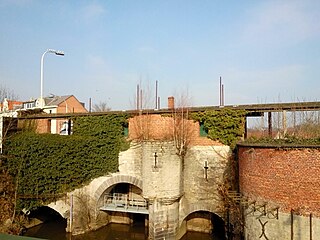
The Volmolen in Leuven was a water-powered fulling mill, located where the river Dijle flows into the city. It was built on the lock complex 'de Grote Spui', one of the two Leuven water gates in the fourteenth-century city walls. Apart from the Verloren Kosttoren, it is the only remaining structure of this seven-kilometre-long rampart.
Wikipedia: Volmolen (Leuven) (NL), Website, Heritage Website
10. Verloren Kosttoren
The Tower of Lost Kost (1463-1787), originally called the Great Tower, was the highest fortification tower of the outer city walls of Leuven (Belgium, province of Flemish Brabant). The name Verloren Kost comes from the heavy bill for the city of Leuven to build it. In the end, militarily speaking, the tower hardly served.
11. Sint-Geertruiabdij
St Gertrude's Abbey is a complex of former monastic buildings in Leuven, Belgium. An Augustinian priory founded in 1206 was suppressed in 1797. After restoration, the monastic buildings were used between 1917 and 1968 by Benedictine nuns as a house of studies and student residence.
12. Sint-Lambertuskapel
The Saint Lambert Chapel in the town of Heverlee, city of Leuven (Belgium), is located in the Arenberg castle park. The chapel functioned for the parish of Heverlee, which depended on the parish of St. Anne's of Oud-Heverlee.
Wikipedia: Sint-Lambertuskapel (Heverlee) (NL), Heritage Website
Share
How likely are you to recommend us?
Disclaimer Please be aware of your surroundings and do not enter private property. We are not liable for any damages that occur during the tours.
